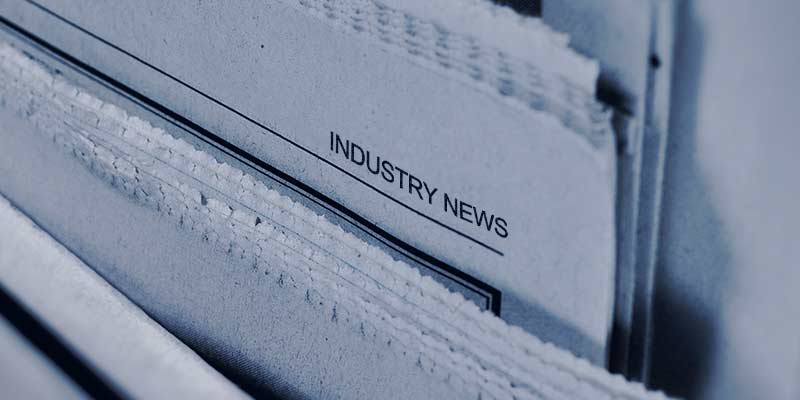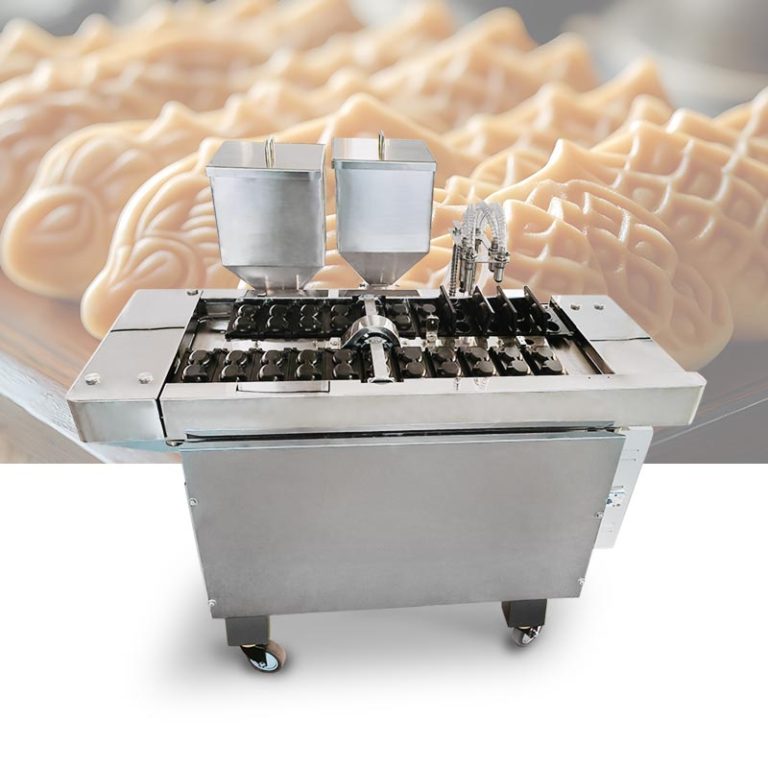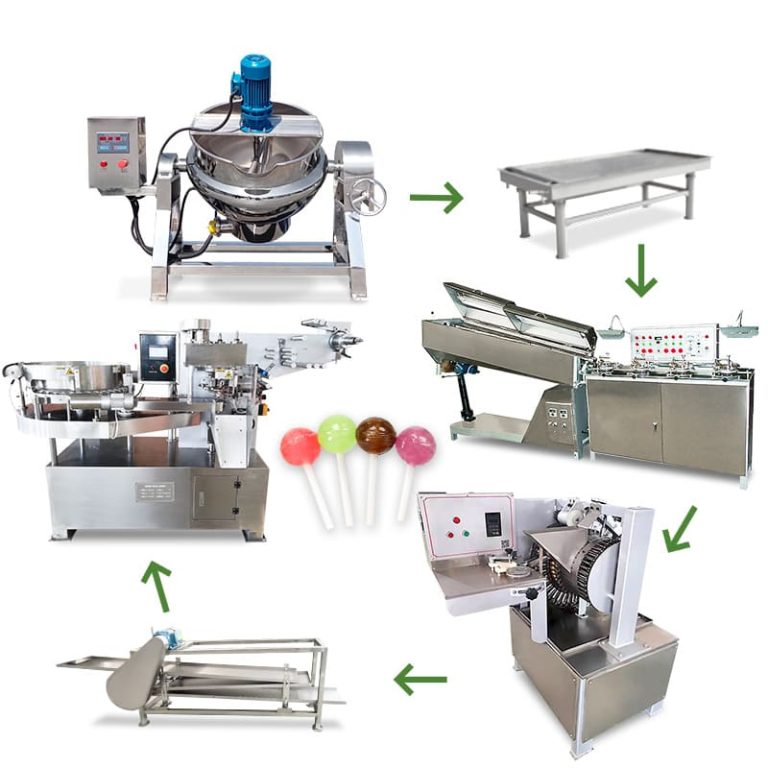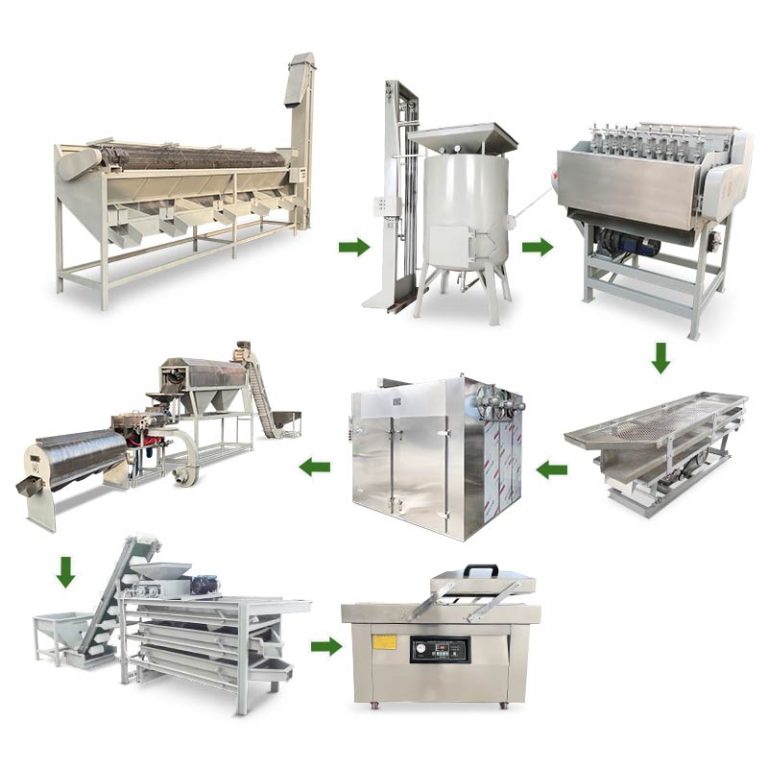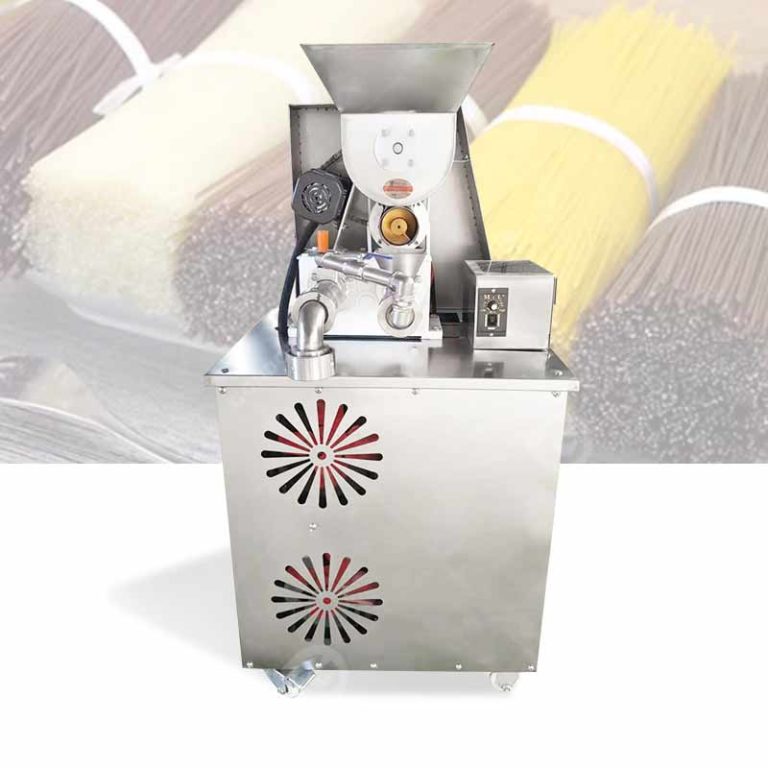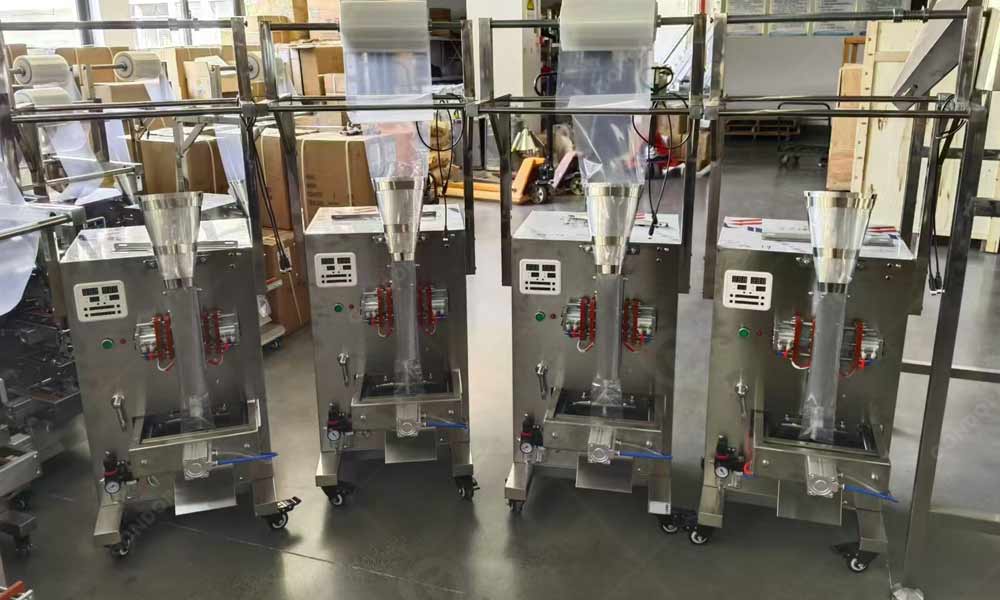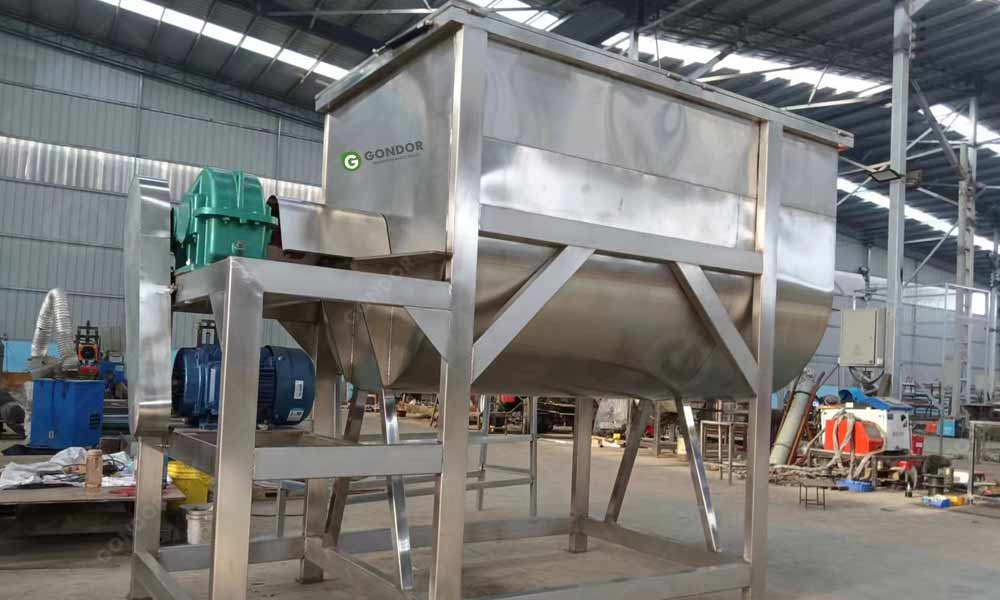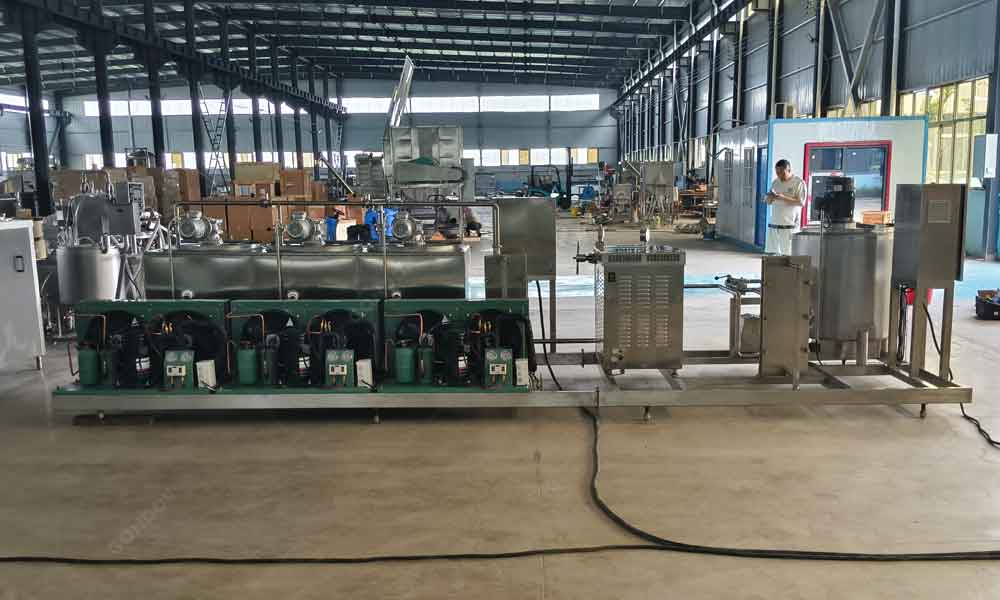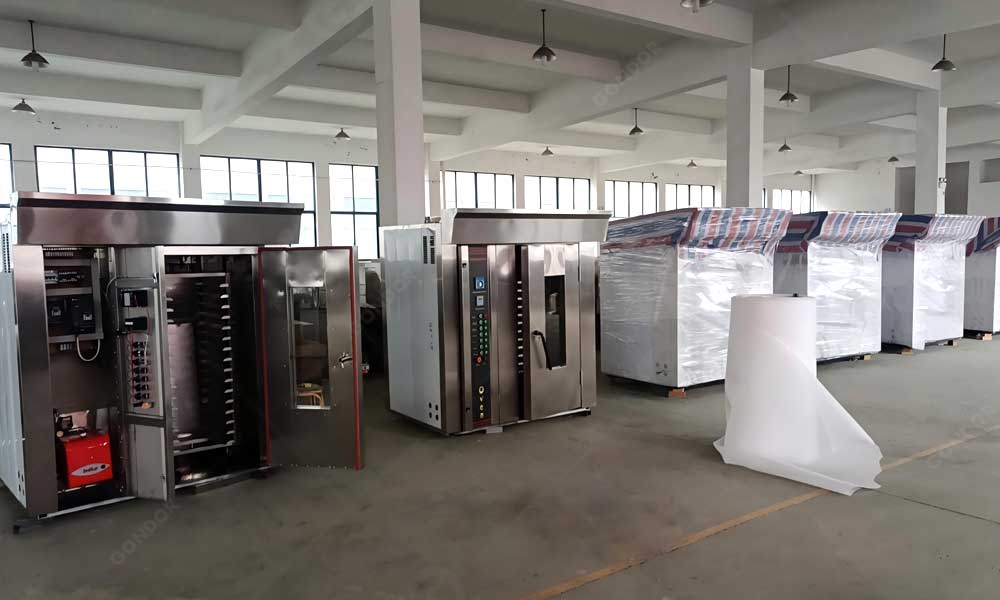They call it the “liquid gold” of chocolate for a reason. Cocoa butter is the pristine, natural fat that gives high-quality chocolate its incomparable characteristic: that sublime snap as you break a bar and the luxuriously smooth, melting texture on the tongue. Beyond its sensory magic, it is a valuable commodity also prized in the cosmetics and pharmaceutical industries. For any chocolate maker, understanding and mastering the extraction of cocoa butter is a fundamental step toward producing superior products. This article delves into the journey of the cocoa bean to reveal the efficient methods behind obtaining this valuable substance.
The Source of the Gold: Cocoa Beans and Chocolate Liquor
The story of cocoa butter begins with the humble cocoa bean. After harvesting, the beans are fermented and dried, developing their complex flavor precursors. The first critical step in unlocking their fat content is roasting, which sterilizes the beans and deepens their chocolate flavor through the Maillard reaction.
Once roasted, the beans’ shells are removed in a process called winnowing, leaving behind the prized cocoa nibs. These nibs are then ground. The friction and heat from grinding melt the inherent cocoa fat, transforming the solid nibs into a rich, dark, viscous paste known as chocolate liquor or cocoa mass. It’s crucial to understand that this “liquor” is non-alcoholic; it is simply pure cocoa in a liquid state, containing roughly 50-55% cocoa butter and 45-50% cocoa solids.
This chocolate liquor is the central dividing point. It can be cooled and molded to make unsweetened baking chocolate, or it can proceed to the next, crucial stage: the separation of the butter from the solids.
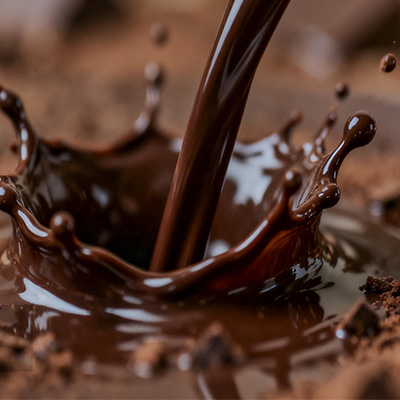
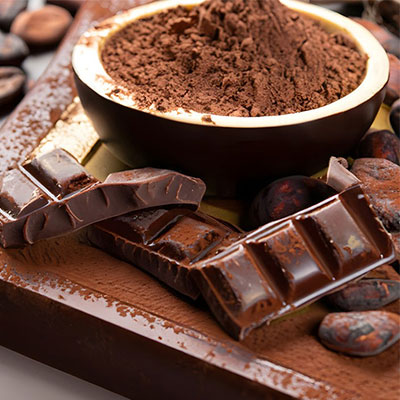
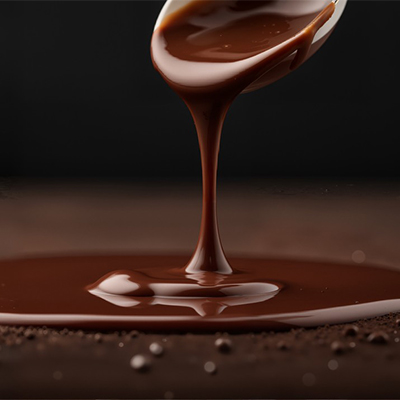
The King of Methods: Mechanical Pressing
The most common and natural method for extracting cocoa butter is through mechanical pressing. This process is celebrated for preserving the pure flavor and quality of the butter without the use of chemical solvents. The principle is straightforward: apply immense pressure to the chocolate liquor to squeeze out the fat.
Here is how it works:
1. The warm chocolate liquor is poured into a press consisting of a series of heavy-duty steel pots or cylinders lined with porous filter screens.
2. A powerful hydraulic ram applies extreme pressure—often exceeding 5,000 to 6,000 pounds per square inch (psi).
3. Under this tremendous force, the liquid cocoa butter is forced out through the microscopic pores of the screens, leaving behind a solid, compressed cake of cocoa solids.
4. The golden-yellow cocoa butter is collected and filtered to ensure purity, while the residual cocoa cake is cooled and pulverized into what we know as cocoa powder.
The efficiency of this pressing is a careful balance. A “harder” press extracts more butter but leaves behind a cocoa powder with a very low fat content (like natural cocoa powder). A “lighter” press results in a richer, higher-fat cocoa powder (like Dutch-process). The entire pressing operation must be precisely controlled to achieve the desired yield and quality.
Alternative Extraction Methods
While pressing is the standard for food-grade cocoa butter, other methods exist:
- Solvent Extraction:
This method uses food-grade solvents like hexane to dissolve the fat from the cocoa solids. It is highly efficient and can extract more butter from the cake left by mechanical presses. However, the resulting butter requires extensive refining to remove all traces of the solvent, and it often lacks the pure, delicate flavor profile of pressed butter, making it less desirable for high-end chocolate. - Expeller Pressing:
This is a continuous form of mechanical pressing that uses a screw auger to push material through a barrel, increasing pressure until the oil is expelled. It is efficient for many oilseeds but can generate more heat and friction than hydraulic pressing, potentially affecting the flavor of the delicate cocoa butter.
The Importance of Efficient Extraction
Efficient extraction is not just about yield; it’s about quality, cost-effectiveness, and versatility.
- Quality Control: Mechanical pressing produces the cleanest, highest-quality edible cocoa butter, essential for premium chocolate. Its flavor and melting properties are unmatched.
- Economic Value: Cocoa butter is the most valuable component of the cocoa bean. Maximizing its yield without compromising quality is directly tied to a chocolate company’s profitability.
- Product Versatility: The extracted butter is used to enhance the mouthfeel of chocolate, while the defatted cocoa powder is a valuable product in its own right, used in baking, beverages, and desserts. An efficient extraction process allows a manufacturer to maximize the value of their raw beans.
Conclusion
Cocoa butter truly is the liquid gold of the chocolate world. Its extraction, primarily through the powerful and precise method of mechanical pressing, is a cornerstone of chocolate manufacturing. This process brilliantly separates the bean into its two most valuable components: the luxurious fat that defines texture and the flavorful solids that define taste. Mastering this separation is what allows chocolatiers to craft everything from the creamiest milk chocolate to the most intensely flavored dark chocolate bar, ensuring that this liquid gold continues to be the standard for quality and indulgence worldwide.



